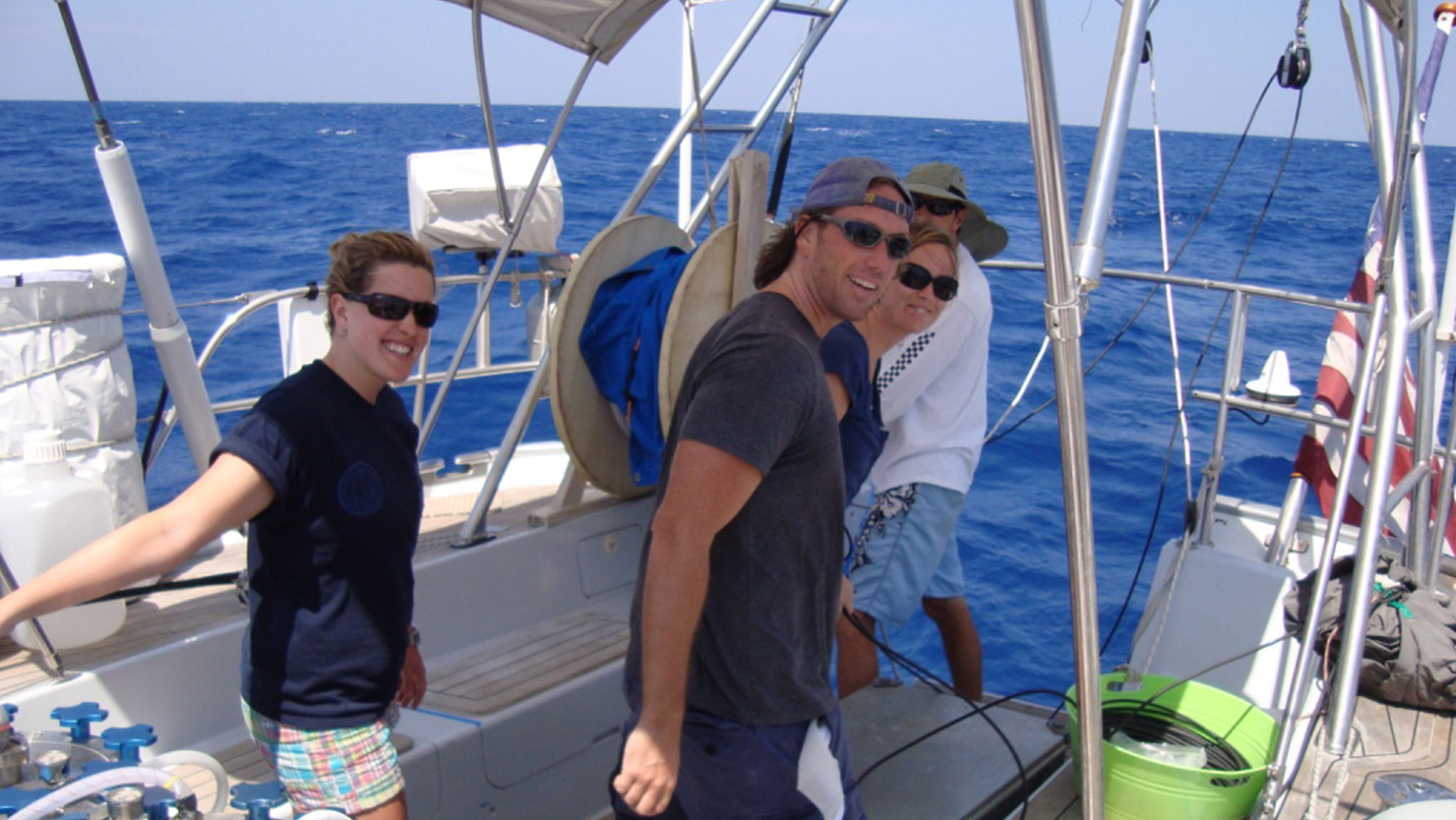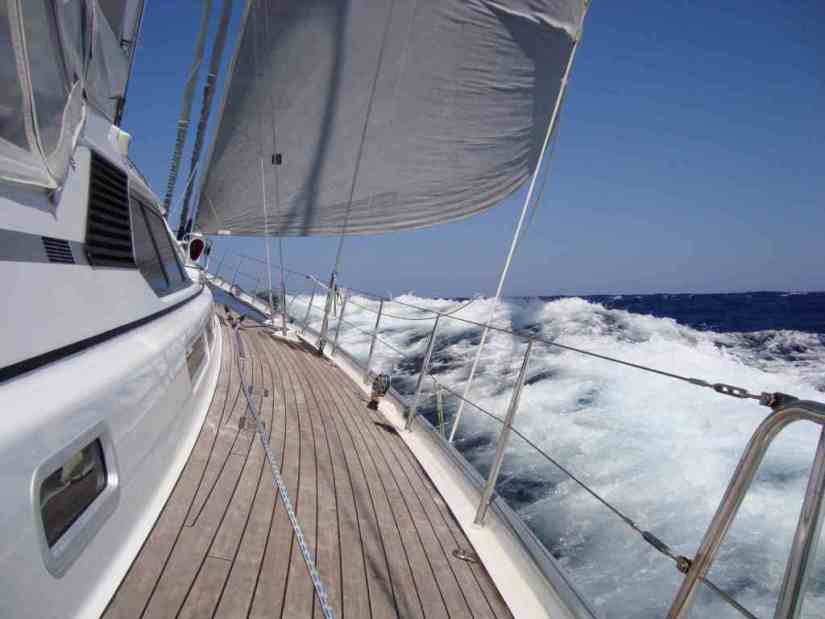The Search for Environmental “Gems” Continues

As an original crew member of the Sorcerer II circumnavigation that began in 2003, I had not been sailing/sampling on the boat since September 2007. I arrived in Florida with a mixture of emotions. Although life on board can be tedious, I was excited to return and embark on this next leg of discovery. Dr. Venter has created an incredible team that functions well at sea. Despite the close quarters and monotonous periods that can overshadow the journey, there is an easy and familiar feeling among the crew. These expeditions are serious and challenging, but they are also full of fun and adventurous moments.
The crew spent the week getting the boat ready to leave Florida; repairing sails, provisioning for food and organizing the science gear/supplies (I hope that everything was fixed!). After a few days of reacquainting myself with boat life, I, too, was ready to go. At noon on Tuesday, April 21, we left the dock in Ft. Lauderdale enroute to Bermuda. Bermuda is the first of two brief stops (second are the Azores) on our way to Plymouth, England. We plan to arrive in England around mid-May. Once there we will spend a week performing intensive sampling with the Plymouth Marine Laboratory team.
We departed Florida in partly cloudy and calm conditions. Within an hour of leaving we had hooked three medium sized skip jack tunas. We made sushi and grilled the rest for dinner (this would count towards one of the “fun” moments I referenced). Since around eight a.m. this morning the wind has been a constant 25-30 knots, so the captain killed the engine. We have been sailing with an average speed of 11 knots. With strong winds and seas between 6-8 feet, we are unable to deploy the CTD or even stop for a sample.
As a sailing research expedition we are very dependent on the weather, and we are hopeful that the winds will die down later this afternoon or early tomorrow morning. We are all eager to collect the 24th sample of this leg of the expedition.

In Florida, the crew welcomed Swedish scientist Karolina Ininbergs. Ininbergs, a researcher at Stockholm University, is an expert on marine cyanobacteria and nitrogen fixation. The earliest life forms on this planet are thought to be early ancestors of cyanobacteria, and they are the first organisms capable of photosynthesis. Cyanobacteria play key roles in the carbon and nitrogen cycle of the biosphere. In part to genome sequencing, information on the genetic basis of nitrogen metabolism and its control in different cyanobacteria is available and providing invaluable to researchers. In addition to securing sequences from cyanobaterial blooms in the Baltic Sea this summer, Ininbergs hopes to spot colonies of the globally important nitrogen fixer Trichodesmium, a bacteria essential to understanding nutrient cycling in the ocean, and “whatever else maybe out there that might be fixing nitrogen.”
By increasing the collection of the largest fraction from 20 to 200 micrometers we hope to include more of the larger species of cyanobacteria in the samples then previously possible; therefore making our new friend Karolina happy and ensuring more sequencing treasures from these extraordinary environmental gems. Now if only we can get the weather to cooperate…